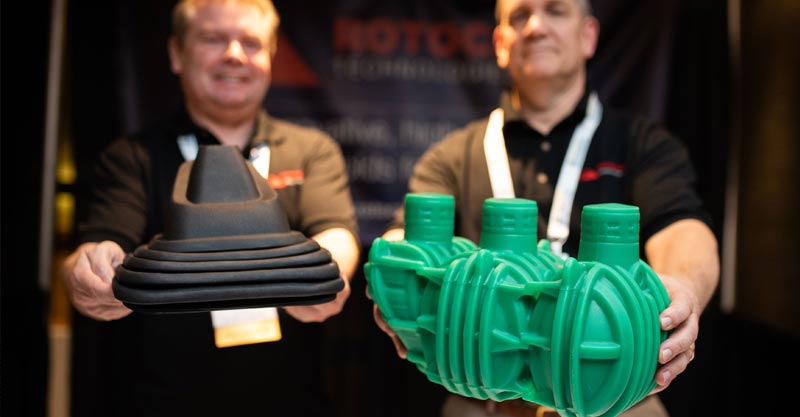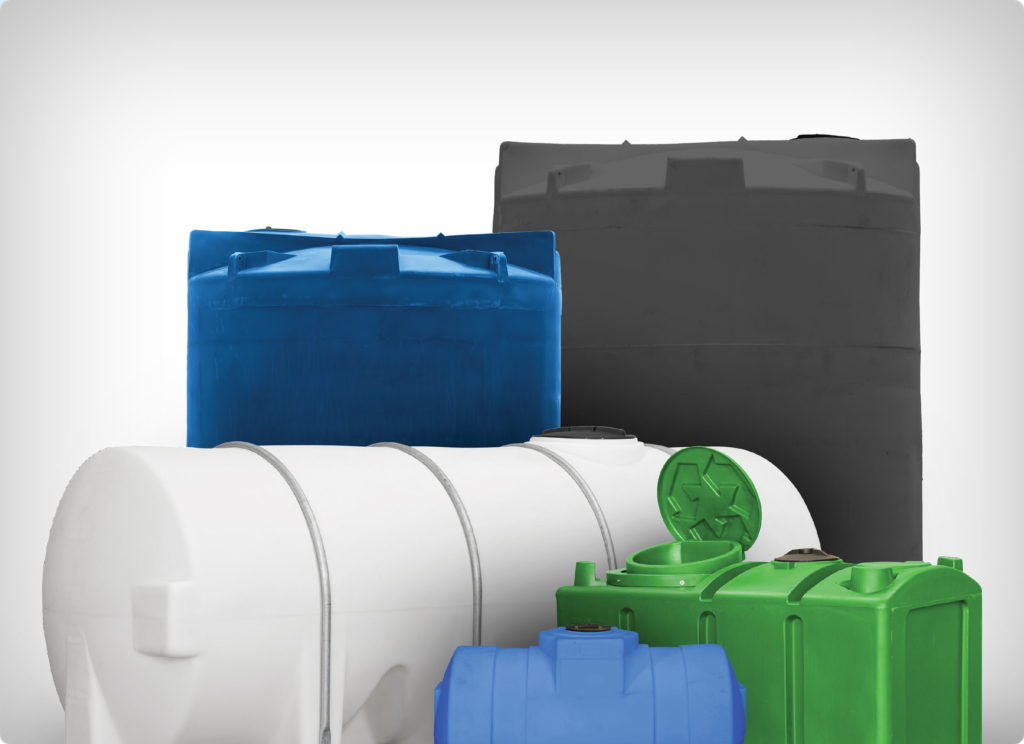Rotomolding, a versatile manufacturing technique, has evolved significantly through the years, revolutionizing various industries. Let's delve deeper into its applications and recent advancements:
1. Automotive Industry:
Rotomolding is widely found in the automotive sector for producing components such as air ducts, fuel tanks, and interior trim. Its ability to generate complex shapes and withstand harsh environments helps it be ideal for automotive applications.

2. Agriculture and Water Management:
Large storage tanks, irrigation systems, and agricultural equipment take advantage of rotomolding's durability and corrosion resistance. These robust products play an essential role in modern farming practices and water management solutions.
3. Playground Equipment and Recreational Products:
Rotomolded playground equipment, slides, and outdoor furniture are popular because of the safety, durability, and vibrant colors. Manufacturers leverage rotomolding to create child-friendly designs that meet stringent safety standards.
4. Medical and Healthcare Devices:
Rotomolding is employed in the production of medical devices like body supports, wheelchair components, and hospital furniture. Its hygienic properties, in conjunction with the capability to mold intricate designs, make it suited to healthcare applications.
5. Recent Advancements:
- Advanced Materials: The development of high-performance resins and composites expands the range of applications for rotomolding, including aerospace and marine industries.
- Process Optimization: Innovations in mold design, heating techniques, and process control result in shorter cycle times, increased productivity, and improved product quality.
- Sustainability Initiatives: Manufacturers are embracing recycled materials and eco-friendly practices to minimize environmental impact and meet consumer demand for sustainable products.

6. Future Prospects:
As industries continue steadily to demand lightweight, durable, and sustainable solutions, plastics rotomolding is poised for further growth. Advancements in material science, automation, and digitalization will drive efficiency, customization, and environmental stewardship in rotomolding processes.
To conclude, plastics rotomolding plays a pivotal role in manufacturing diverse products across industries, offering unparalleled versatility, durability, and cost-effectiveness. With ongoing innovations and a focus on sustainability, the continuing future of rotomolding looks promising in meeting the evolving needs of global markets.
